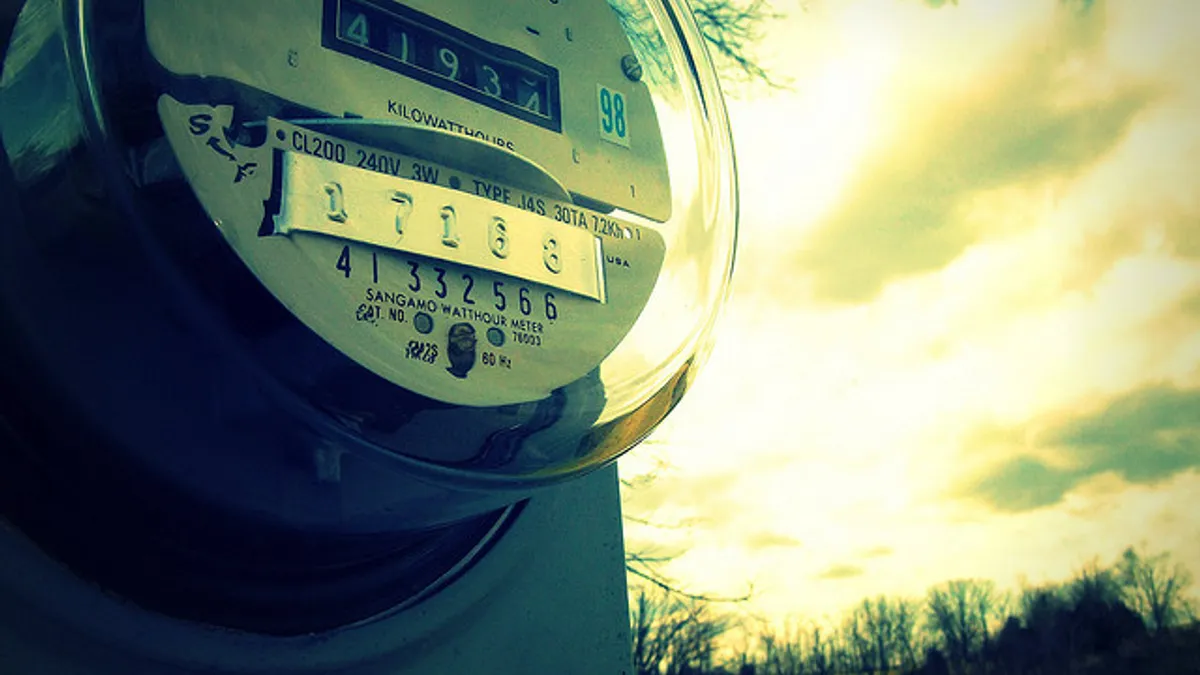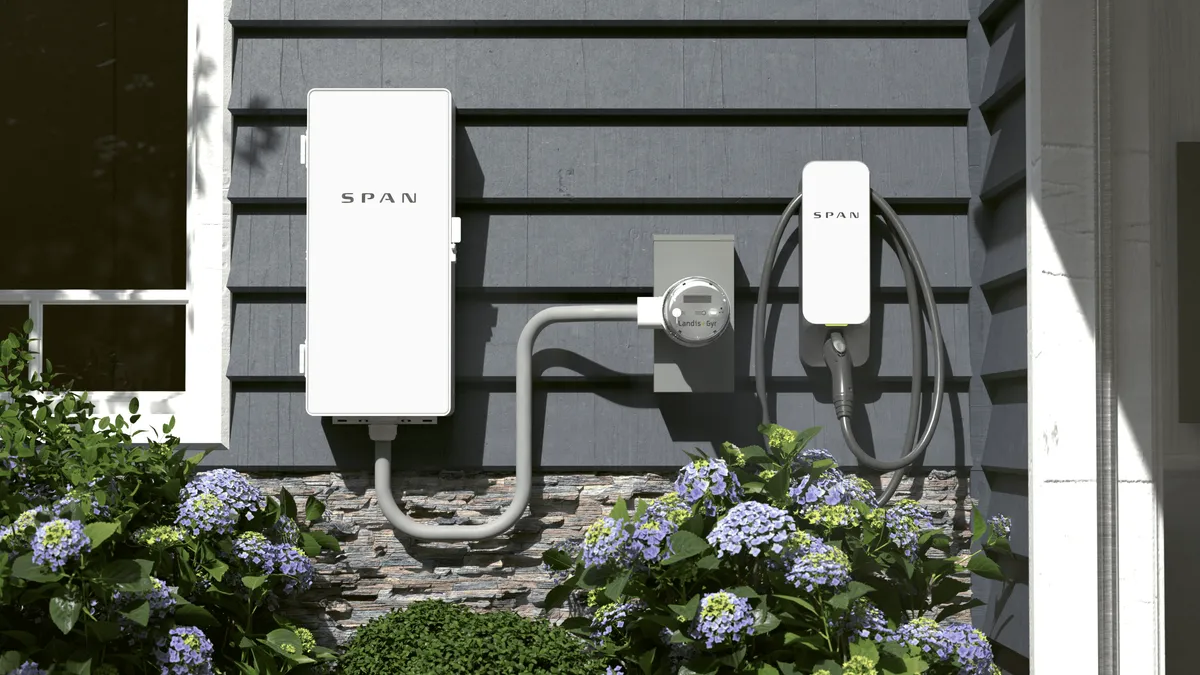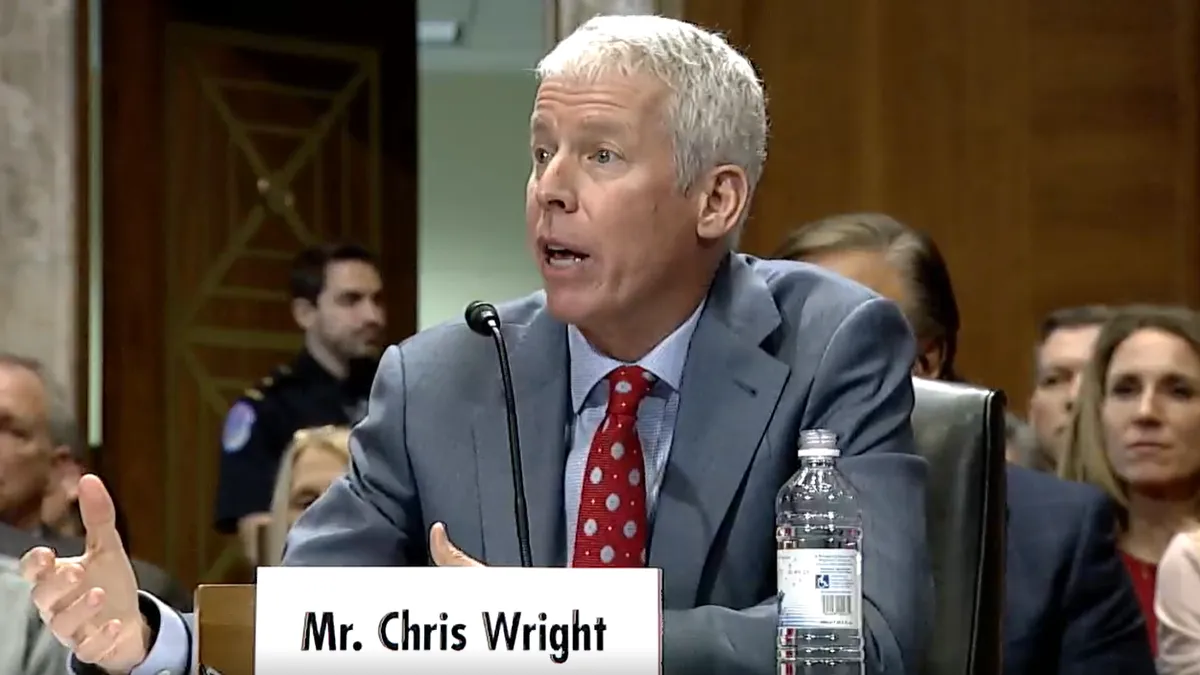Time of use pricing is a bit of a conundrum for utilities.
Like distributed energy resources, utility companies see opportunity in time-of-use (TOU) rates, but aren’t exactly sure about the best way to implement them for their customers. But now a recent pilot in Pennsylvania could help shed light on what works, and what doesn't.
Last summer, PECO, the Exelon subsidiary that serves 1.6 million customers in Southeastern Pennsylvania, concluded its pilot program on TOU pricing. PECO was legally mandated to perform a time-of-use pilot program by Act 129, passed by the Pennsylvania legislature in 2008 to push utilities to increase efficiency and enhance energy conservation. While relatively small in scale, the program yielded some surprising results for the utility and its partners — lessons that could help reshape the way utilities and vendors think about TOU pricing, who it works best for, and how to implement it properly.
At a presentation at CS Week outlining the program’s results, Jim Reiley, a manager in PECO's energy and marketing services department, told Utility Dive that they designed the program in the hopes that the retail electric providers in Pennsylvania could learn from its results.
“The intent was that the supplier community would see the opportunities … and then the supplier community itself would then use this information to develop products that consumers would perhaps want,” Reiley said. “It really was a goal of ‘Let’s demonstrate how people here in Southeastern Pennsylvania feel about this, and what are the impacts.’”
Program Structure and customer acquisition
While the law mandated that the utility perform the TOU pilot and show the results to regulators, it did not give specific parameters for the program. So before Reiley and his team could write up their results, they faced the challenges of structuring the program and signing up customers.
Through competitive solicitations, PECO selected NRG Retail Services to perform program implementation services, and brought on Nexant to do measurement and verification services on the pilot. They settled on a “relatively modest” difference between the peak time price and the off-peak rate, according to Josh Schellenberg, a consultant at Nexant.
“PECO Smart Time Pricing has a peak generation rate of $0.1595 per kWh on weekdays from 2 to 6 pm, excluding holidays, and an off-peak generation rate of $0.0685 per kWh during the remaining hours of the year,” PECO’s report to Pennsylvania regulators on the program reads.
PECO identified nearly 121,000 residential customers eligible for their TOU program, and using direct mail, bill inserts, and email solicitations got 4,882 to sign up — about a 4% acceptance rate. Reiley told Utility Dive in a subsequent phone interview that direct mail was by far the most successful channel used by the utility.
“Bill inserts got very few customers — a few hundred,” he said. “Direct mail was by far the most successful, by a lot. We tried emails with about 18,000 or 19,000 customers and that was almost a total failure. We got in tens of customers from that. It wasn’t productive at all, but then again it wasn’t costly either."
With commercial and industrial customers, PECO tried outbound telemarketing. But that, according to Reiley, had a lower conversion rate than even the emails or bill inserts.
“Through the telemarketing aspect, we had less than ten [customers sign up],” he said. “Then we decided to reach out to them via mail and then we got ten or so, but in either case we found that—and this is my guess—we’re probably not getting to the right decision makers.”
Reiley said that perhaps the type of telemarketing they were doing impacted the low acceptance rate.
“What we found out anecdotally was that once [C&I customers] found out that we had a telemarketing group that was making calls on our behalf, you heard the click right away,” Reiley said. “And that’s because customers didn’t want to hear from anybody but us.”
“They wanted to hear from us — our employees — not someone calling on our behalf, because they don’t believe that,” he continued. “That was the problem. If it had been us and not someone calling on our behalf, we may have been more successful.”
The program also included a key guarantee — enrolled consumers wouldn’t end up worse off than they started. If a customer ended up paying more on the TOU rate than they would have on the flat rate, PECO would refund the difference.
In all, Reiley said, PECO ended up writing 13 checks for just over $100, although he cautioned that the number only applies to customers who stayed in the program all 12 months. About 5% dropped out of the program before a year was up.
“There may have been others eligible if they stayed on the full 12 months, but we don’t have that data,” Reiley said.
Consumer results
The PECO TOU pilot delivered an average of nearly 6% reduction in peak electricity demand between the hours of 2 and 6 pm during the summer months, Reiley said.
“6% load production is over the four peak hours during the week over the course of the summer,” he said. “We didn’t get the 6% load reduction all year long. We got very little load reduction in the winter, but we really got the load reduction in the summer.”
Schellenberg told Utility Dive that although the price difference between the peak rate and the flat rate was modest, they still saw statistically significant load reductions all through the summer.
“In some cases, you see like a 4:1 ratio or even higher” between the peak and off-peak pricing, Schellenberg said. “Although this is a relatively modest peak price, it still is in effect on all weekdays in the afternoon for four hours. So, when you take that in, the percent impacts were actually on par with what we’ve seen in other pilots.”
Those load reductions resulted in a 5% average cost savings for consumers enrolled in the program, Reiley said. According to PECO data, most cost savings came from customers altering their usage of large appliances and HVAC systems.
Surprises in the pilot
While a 5% price reduction may seem small, Reiley said that many consumers thought they were actually saving more. In surveying the participants, PECO discovered that 46% thought they saved more than $20 on their electricity bills, when in reality only 5% did.
“It could be that customers, when they answered the question, remembered the months that they saved most, or that they were tracking it more early on, but we didn’t get detailed information to really drill into that,” Reiley said. He added that the happy misconception so many consumers had could also be attributed to simple optimism about savings.
“When you go buy a car, or buy anything that costs much at all, you want to think you got a really good deal because it makes you feel really good about yourself,” Reiley said. “So, people who get a good deal tend to think that they saved more money than they actually did.”
But, he cautioned, the misconceptions cut both ways. 19% of people in the pilot thought they weren’t saving money at all, when in fact only 13 people did not.
“And early in the program,” Reiley said, “the people who were opting out were saving more than the people who stayed in.”
Those findings are significant, Schellenberg told Utility Dive, but the bigger surprise in the pilot centered on the demographics of load reductions.
TOU rates are commonly criticised as not being appropriate or effective among certain groups, Schellenberg said, especially low income, elderly and disabled people. But in the PECO pilot, the households that reduced their usage the most were ones that held at least one senior citizen, or one resident covered by the Americans with Disabilities Act (ADA).
“You hear interveners talk all the time about how TOU is not appropriate for disabled people, elderly people and low income people” he said, “but as we showed those three customer segments actually provided a higher load reduction than the average customer.”
“I think there’s just a lot of misconceptions about TOU pricing, and that it can be a highly effective tool even if the price signal isn’t that strong,” Schellenberg concluded.
Lessons going forward
Reiley and Schellenberg said that although they consider the pilot program a success, there are a few lessons other utilities and suppliers can glean from their experience.
A single, standard TOU product offered only during the months where significant load reductions are possible is the way to go, Reiley said.
“I think doing something very simple is how you get success,” he said. “Give customers a simple value proposition, a simple rate to understand, and a simple way to see the way the results are coming in.”
That, he cautioned, means utilities have to be adept at reaching out to customers where they are. Companies must tailor their outreach efforts to the demographics represented in their service areas and programs.
“We added two paper communications to our program that we didn’t anticipate once we found out we had an older community,” Reiley said, “and then found that wasn’t enough, that we should have had about eight.”
Schellenberg’s takeaway was a bit different. With Nexant having worked on a variety of TOU projects with utilities across the country, he says that power companies should simply dispense with all of the costly customer acquisition tasks required to get customers to sign up for TOU rates, and simply default them into the system, like the Sacramento Municipal Utility District (SMUD) did in its pilot.
SMUD, as Utility Dive has reported, did side-by-side tests for a number of rate structures. They compared groups that were defaulted onto a TOU rate with a group that intentionally opted into one.
Nexant was also the measurement and verification firm for that two year pilot, and Schellenberg said that, depending on the TOU rate, SMUD was able to get 15-20% of customers to sign up for the new rates when they were offered. But when customers were simply sent a notice at the beginning of the summer that they were being put on a TOU rate, more than 90% of them stayed on it.
“It’s a huge difference in terms of your enrollment rate there, and you also didn’t have to continue to market to them to try to them to enroll multiple times.”
The Nexant consultant said that the SMUD pilot disproved another common myth about TOU pricing in mass markets — that if customers are defaulted in, they won’t take the initiative to reduce their usage. But in Sacramento, while the defaulted in customers didn’t reduce usage as much as those who chose TOU rates, their sheer numbers meant they cut more load than their opt-in counterparts
“Although that reduction wasn’t as high as for the customers that opted in, when you account for the fact that you get 4 to 5 times the customers to enroll, the aggregate impact is a lot more than what you would have gotten if you only went with the opt in approach,” Schellenberg said.
Plus, he added, “the marketing cost is lower, because all you need to do is send customers a notification saying that they’ve been defaulted and give them some information about the rate.”
California is currently in the process of redesigning its rate structure, and regulators are considering proposals to implement TOU rates for the entire state by 2019. Schellenberg says that once that happens, he expects more states and utilities to open up to not just the possibility of TOU rates, but to opt their customers in automatically.
“I think in the end what we’re going to find, and what we have found in a number of studies, that defaulting customers onto time of use rates is the way to go,” he said.





















